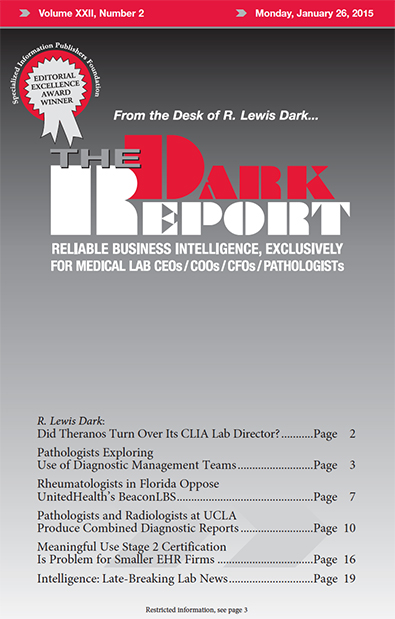CEO SUMMARY: In the search for ways to add more value to lab testing services, pathologists and lab administrators are considering organizing diagnostic management teams within their hospitals. Such teams focus on complex cases and include both diagnosticians and pathologists. In his pioneering work to develop the diagnostic management team concept, pathologist Michael Laposata, M.D., Ph.D., spoke recently about how such teams improve patient outcomes while reducing the cost of care.
To access this post, you must purchase The Dark Report.


